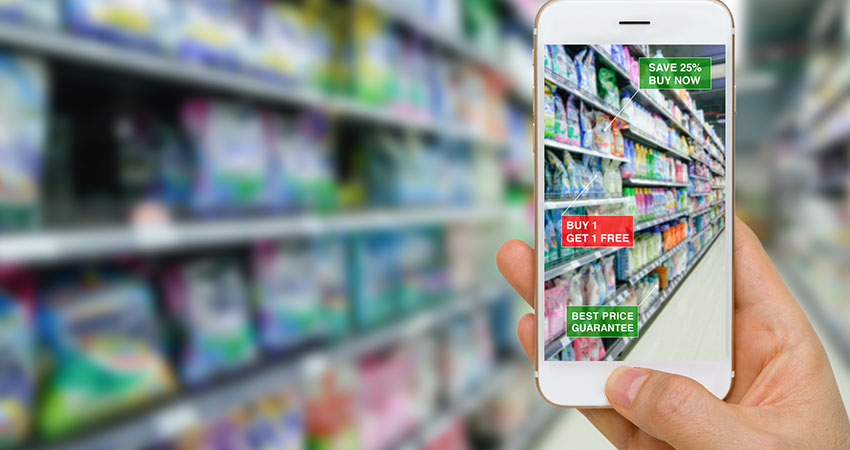As demand for online grocery continues to grow, 97% of organizations in the industry believe current last-mile delivery models are not sustainable for full-scale implementation across locations, and that free shipping can’t be maintained without reducing cost through automation.
Also, consumers are increasingly demanding better fulfillment and delivery services from grocers but find themselves dissatisfied with current offerings.
That’s according to a new study from the Capgemini Research Institute, which surveyed 2,870 consumers and 500 supply chain executives, entrepreneurs and industry leaders in the U.S., France, Germany, The Netherlands and the United Kingdom in October.
“Today customers are neither satisfied with the quality of delivery services, nor willing to bear the total cost of last-mile delivery,” said Tim Bridges, Global Sector Leader, Consumer Products, Retail and Distribution at Capgemini. “Therefore, the dilemma facing retailers is to provide last-mile delivery services that customers value, without damaging their own profitability. If done right … retailers stand to gain loyalty, increased purchase value and frequency while mitigating profitability risk through automation and optimization of fulfillment locations.”
Some key findings from the report:
- 89% of organizations are investing in the mechanization and automation of store backrooms to expedite fulfillment and deliveries and reduce supply chain costs
- 40% of customers order groceries online at least once a week, a number expected to reach 55% by 2021; 40% also identified delivery services as a “must have” when purchasing food and grocery products, and 20% said they’d switch retailers if they didn’t
- In a nod to the immediacy push and changing consumer behavior, 59% of customers said they purchase products online when needed, rather than waiting until the weekend to visit a store
- 74% of satisfied customers said they would increase spending by as much as 12% with grocers they frequently purchase from; 82% said they have shared positive experiences with friends and family, and 53% are willing to purchase a paid membership for a good delivery service
- In a major disconnect, 55% of consumers said offering two-hour delivery increases loyalty, but only 19% of grocers provide the service, while 59% offer delivery in more than three days
- 65% of consumers use alternative grocery delivery services like Google Express, Instacart or Ocado, seeing them as better than traditional grocers
- Consumer generally are dissatisfied with the current state of last-mile grocery delivery, with high prices (59% of respondents), non-availability of same-day delivery (47%), and late deliveries (45%) being the key pain points
- Of the five countries surveyed, only the U.S. had a positive Net Promoter Score (NPS) for online grocery delivery
Capgemini also provided some key characteristics of consumers who order groceries online at least weekly:
- They’re in the range of 26-45 years of age
- They tend to order fresh, chilled or frozen food, baby care products and alcohol
- They have medium to high income
- They live in a metropolitan or urban area
- They prefer delivery subscription plans, parcel lockers or buy online pickup in store
Sensing an opportunity and seeing the overall dissatisfaction with online grocery delivery, more consumer product companies are looking to go direct to customer. According to Capgemini, 96% of consumer product firms see subscription models as a way to provide more convenience and value to customers, and 46% of consumers say it’s why they purchase directly from brands.
Also, as more brands pursue DTC, collaboration on logistics will rise in importance: 97% of them are considering shared warehouses and logistics for last-mile delivery, the study found.

